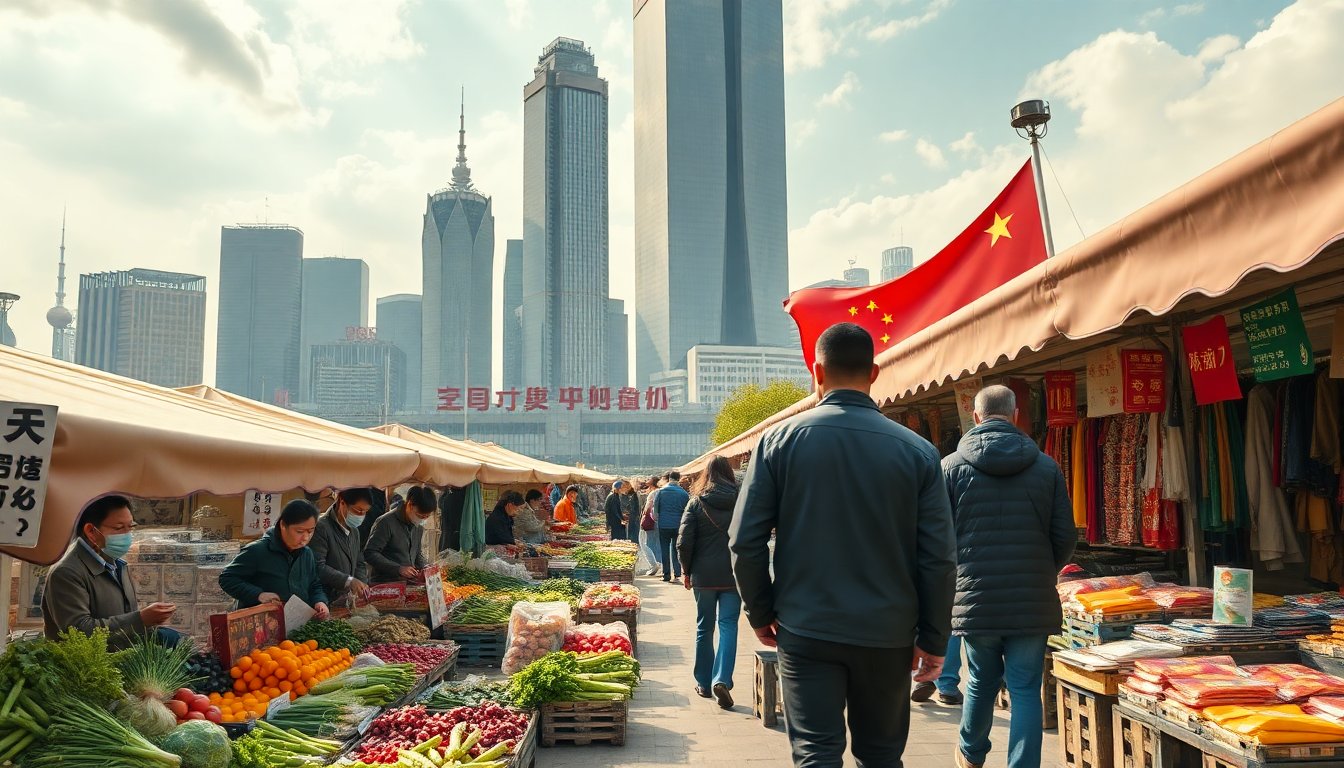Table of Contents
The global economic landscape has been notably influenced by escalating trade disputes, especially between the United States and China. Despite hopes in Washington that these conflicts would drive political and economic reforms in Beijing, the reality is different. The trade war has not significantly changed China’s economic trajectory, prompting questions about the effectiveness of these measures and the future of international relations.
Understanding the trade war
The U.S.-China trade war, which began in 2018, was initially viewed as a potential catalyst for change. American policymakers believed that implementing tariffs and other trade barriers would force China to reconsider its economic strategies and adopt more liberal practices.
However, it has become increasingly evident that the expected reforms are not materializing.
Political stagnation
Over the years, optimism for political reform in China has gradually waned. Many in the West believed that economic pressures would prompt a shift in China’s governance.
However, the Chinese Communist Party (CCP) has shown a remarkable capacity to retain its authority, often leveraging nationalism and state control to suppress dissent. The trade war has only reinforced the CCP’s narrative of external threats, allowing it to garner public support and deflect criticism.
The resilience of China’s economy
Despite ongoing trade tensions, China’s economy has displayed a surprising degree of resilience. Analysts indicate that the core elements of the Chinese economic system continue to function effectively. The nation’s extensive market size and state-supported enterprises have enabled it to withstand the effects of tariffs and sanctions.
Structural advantages
China’s economic resilience can largely be attributed to its structural advantages. The government has enacted policies designed to enhance domestic consumption, helping to counteract the decline in exports due to trade barriers. Additionally, China has diversified its trade partnerships, targeting new markets in regions such as Africa and Southeast Asia.
This strategic shift not only alleviates the impacts of the trade war but also fosters sustainable economic growth.
Future outlook and possibilities
The future trajectory of China’s economy is uncertain yet promising. Although the trade war has not led to the expected reforms, it has encouraged China to reevaluate its global standing and economic strategies. The Chinese Communist Party appears to be intensifying its focus on technological innovation and self-sufficiency to diminish reliance on foreign markets.
Technological advancements
China has made significant investments in technology, focusing on areas such as artificial intelligence and renewable energy. These investments signify a strategic shift towards innovation and sustainability, establishing China as a key player in the global economy. The nation aims to lead in emerging technologies, which could transform its economic landscape and enhance its competitiveness.
While the trade war has created considerable turmoil in global markets, China’s economy has demonstrated a remarkable capacity to adapt and thrive. The diminishing prospects for political and economic reform suggest a firm commitment from the Chinese Communist Party (CCP) to uphold its existing policies. Although future challenges may arise, China’s structural advantages and emphasis on technological innovation could facilitate sustained growth and resilience in challenging times.





